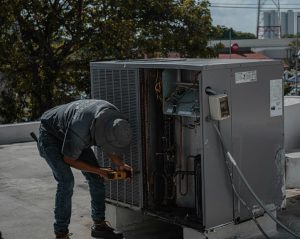Discover Jewson Spalding’s wide range of building supplies and services that support your projects—find out more about how they can help you succeed.
Optimize your home’s comfort and energy savings by finding trusted insulation companies near you—discover how to choose the best contractor today.
A wide range of insulation boards at Screwfix offers superior thermal performance; discover how to choose the right one for your project.
Properly designed Hybris Insulation enhances energy efficiency and indoor comfort, but its full benefits can only be understood by exploring its unique features.
Understanding the skills and work environment of an HVAC installer can open doors to a rewarding career path you’ll want to explore further.
Next time you need reliable HVAC companies near you, learn how to choose the best provider for lasting comfort and efficiency.
Discover how leading HVAC companies are innovating with smart, energy-efficient solutions to meet evolving climate control demands.
Many rely on Huws Gray Buildbase for extensive building supplies, but there’s more to discover about its growth and commitment to customers.
On the hunt for reliable heating repair near you? Discover essential tips to find trusted contractors and avoid costly mistakes.
Because of its superior thermal and sound insulation properties, glass wool insulation offers long-lasting benefits that may revolutionize your building’s energy efficiency.










